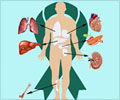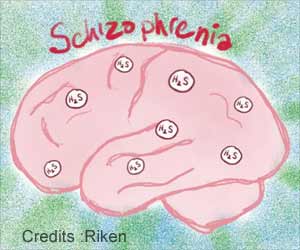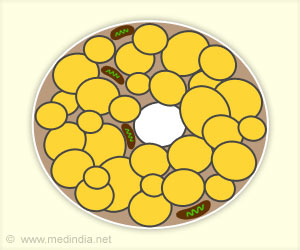Although transplantation of pancreatic islets is an attractive way to treat type 1 diabetes, early islet loss soon after transplantation has limited its clinical use.
Early islet loss after transplantation can be a dampener to treating type 1 diabetes, researchers say.
By studying islet transplantation in a mouse model of diabetes, a team of researchers, at the RIKEN Research Center for Allergy and Immunology, Japan, and Fukuoka University, Japan, has now identified a potential new set of targets to improve the efficiency of pancreatic islet transplantation.Previous studies have identified an immune mechanism essential for early loss of transplanted islets: immune cells expressing the proteins Gr-1 and CD11b produce the soluble molecule IFN-gamma in a process that is dependent on immune cells known as NKT cells. The team, led by Masaru Taniguchi and Yohichi Yasunami, found that the protein HMGB1 plays a crucial role in the initial events of early loss of transplanted islets in the mouse model of diabetes. Of potential clinical significance, treatment with an antibody targeting HMGB1 prevented early pancreatic islet loss and inhibited IFN-gamma production by NKT cells and Gr-1+CD11b+ cells. Furthermore, mice lacking either of the two proteins to which HMGB1 binds failed to exhibit early pancreatic islet loss. Additional analysis identified the molecular pathway linking HMGB1 to NKT cell activation and subsequent NKT cell–dependent IFN-gamma production by Gr-1+CD11b+ cells, and targeting some of these molecules prevented early pancreatic islet loss. These data provide several potential drug targets for improving the efficiency of pancreatic islet transplantation in humans.
Source-Eurekalert
TAN










